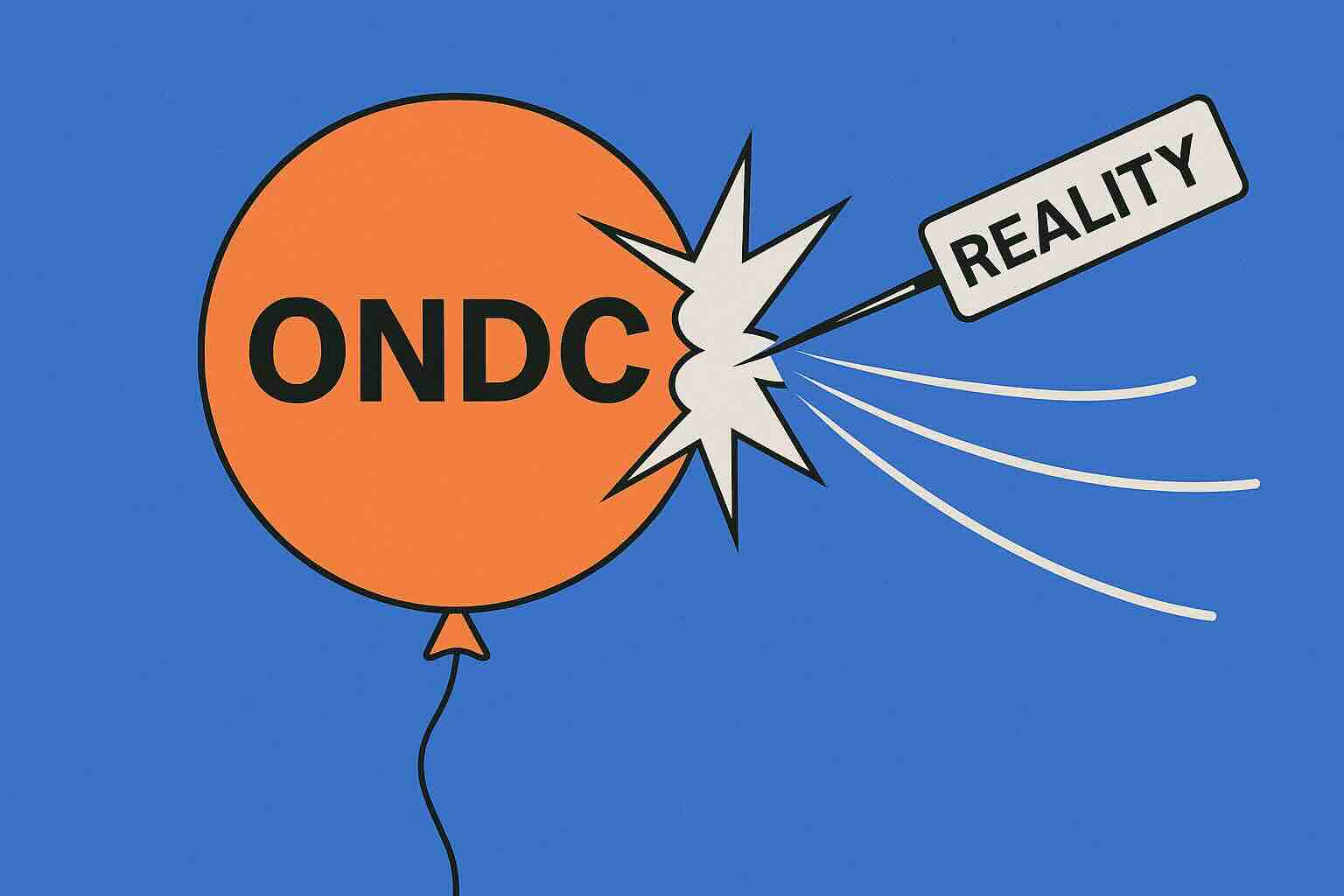
Is ONDC Losing Its Steam?
When ONDC (Open Network for Digital Commerce) was launched, it promised to be India’s great equalizer—a revolutionary network where even the smallest kirana shop could compete with giants like Amazon and Flipkart. It was the talk of every boardroom, a government-backed infrastructure play that seemed poised to redefine Indian e-commerce. Yet, a few years later, the hype has cooled. The question everyone’s whispering now: Is ONDC losing its steam?
Let’s be honest. ONDC’s vision is bold—but execution has hit real-world friction. The idea of building an “open protocol” for commerce is brilliant in theory, but the marketplace reality is messy. Sellers need digital literacy, onboarding support, catalog management, and reliable fulfillment partners. Buyers need consistent service, refunds, and trust. And the platforms connecting these dots need incentive to stay.
Today, the network has plenty of sellers but few repeat buyers. Most transactions come from deep discounts and promotional pushes. Order volumes spike only during campaign bursts and then drop sharply. This isn’t sustainable. It’s reminiscent of early UPI adoption days—but without the same level of user delight or reliability. Commerce isn’t as simple as payments; it’s messy, multi-layered, and deeply operational.
From where we stand at Yori, we see this differently. The problem isn’t the idea of ONDC—it’s the expectation that an open network alone will magically fix fragmented ecosystems. What India needs is not just openness—it needs orchestration.
That’s where our approach diverges.
We believe the future of commerce lies in super-integration, not just decentralization. The Yori model is about connecting rides, deliveries, groceries, and services—inside a single seamless interface—while still allowing independent businesses to thrive underneath. Instead of expecting every merchant to become tech-savvy, we build the tech that makes them relevant again. Instead of waiting for government-led interoperability, we build fast, lean, and inclusive systems that work today.
We’re fearless in admitting this: ONDC is a step in the right direction, but it’s not the final step. It’s an infrastructure layer—useful, yes, but incomplete without consumer-grade experiences built on top of it. Think of ONDC as the road network. Someone still has to build the vehicles, manage the traffic, ensure safety, and create demand. That’s where companies like Yori step in.
We’re not betting against ONDC—we’re building beyond it.
Because the future won’t be won by who’s most open—it’ll be won by who’s most usable.
And in that race, the real winners will be those who bridge technology with simplicity, commerce with empathy, and ambition with execution.
The question isn’t whether ONDC is losing steam.
The real question is—who’s building what comes after ONDC?
At Yori, we already are.